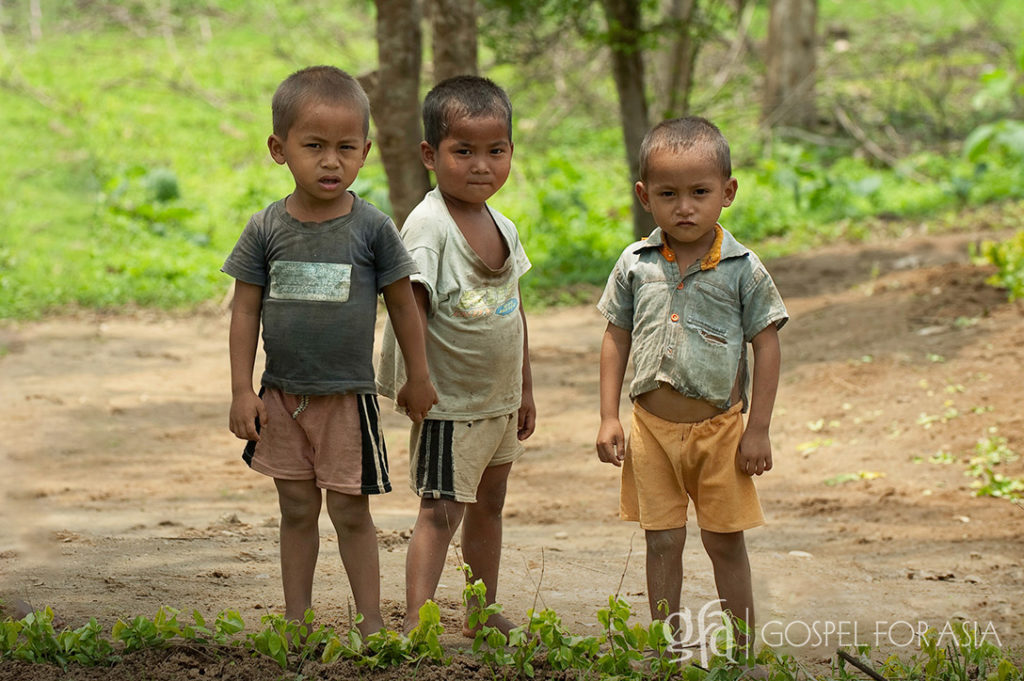JHARKHAND – An Anganwadi[1] worker in Jharkhand recently praised a team from World Vision for its work with Jharkhand health officials to help reduce acute malnutrition in the state.
Although the State of Jharkhand contains about 40% of India’s entire mineral reserves, nearly 80% of the people who live there are farmers. It is India’s 14th most populous state with 33 million people. According to the World Bank, 13 million (40%) of the residents live in poverty, ranking Jharkhand as the state with the second highest poverty rate.
Malnutrition is pervasive. Over 45% of children under the age of five are stunted and underweight. IndiaSpend reports infant and child (under-five) mortality rates at 44 per 1,000 and 54 per 1,000, respectively.
Over 71.5% of children under five and 67% of women between the ages of 15 and 49 are anemic as a result of malnutrition. The India State-Level Disease Burden Initiative 2017 recognized malnutrition as the leading risk factor driving death and disability among women and children in 2016.
Acute poverty is the leading cause of malnutrition, followed by illiteracy, underage marriage, lack of sanitation, drinking contaminated water, lack of awareness of good nutrition, and lack of access to nutritious food locally. Awareness of good nutrition is important but useless if nutritious food is neither available or beyond the family’s ability to provide.
Last year, World Vision partnered with the Jharkhand State Nutrition Commission to operate a pilot project within the framework of the central government’s Integrated Child Development Scheme (ICDS). The test was carried out to determine the efficacy of the Community-based Management of Acute Malnutrition (CMAM) approach.
The pilot project ran for a period of nine months in the Chandankiyari and Chas blocks of the Bokaro district.
IndiaSpend reported that “the project entailed door-to-door screening of children for malnutrition, based on measuring mid-upper arm circumference. [World Vision] India trained Anganwadi workers, recruited volunteers and monitored the exercise. The program then focused on treating children identified with moderate acute malnutrition and severe acute malnutrition.”
Workers established 51 outpatient treatment centers at anganwadis “within walking distance (between five and 20 minutes from home).”
World Vision India provided a steady supply of medicines, ready-to-use therapeutic foods, and start-to-finish care for those found to be malnourished.
At the end of the project, 61% of those with moderate acute malnutrition had been cured. Those who suffered from severe acute malnutrition were sent to Malnourishment Treatment Centers for immediate treatment. The final report findings suggested that permanent, successful implementation of the project will require an external partner “to provide overall coordination, capacity-building, technical oversight, and monitoring/evaluation support.”
This is where FBOs like World Vision and Gospel for Asia may be able to provide continual cooperative support to win the battle over malnutrition.
What did the Anganwadi worker say after the program proved to be a success?
World Vision enhanced our professional abilities by teaching us ways to communicate with mothers. We could witness mothers slowly focusing on hygiene and self-care. That’s progress!
[1] An anganwadi is a type of rural, care center for pre-school children and their mothers operated by state social welfare departments.
To read more news on malnutrition on Missions Box, go here.
Sources:
- IndiaSpend, In India’s Poorest State, A Pilot Project Succeeds In Reducing Malnourishment Among Children
- The World Bank, Jharkhand, Poverty, Growth, & Inequality
- Census India 2011, Jharkhand Profile
- Wikipedia, Jharkhand
- The India State-Level Disease Burden Initiative, India: Health of the Nation’s States
- Emergency Nutrition Network, Treatment of severe acute malnutrition through the Integrated Child Development Scheme in Jharkhand State, India
Image Source:
- Gospel for Asia, Photo of the Day
For more information about this, click here.
